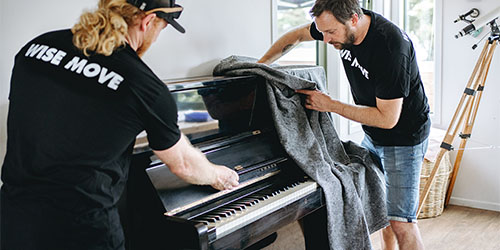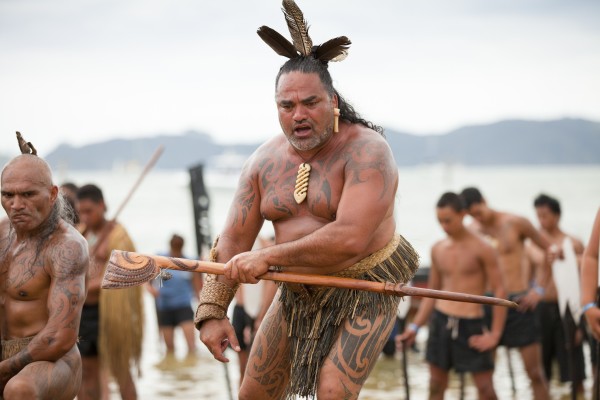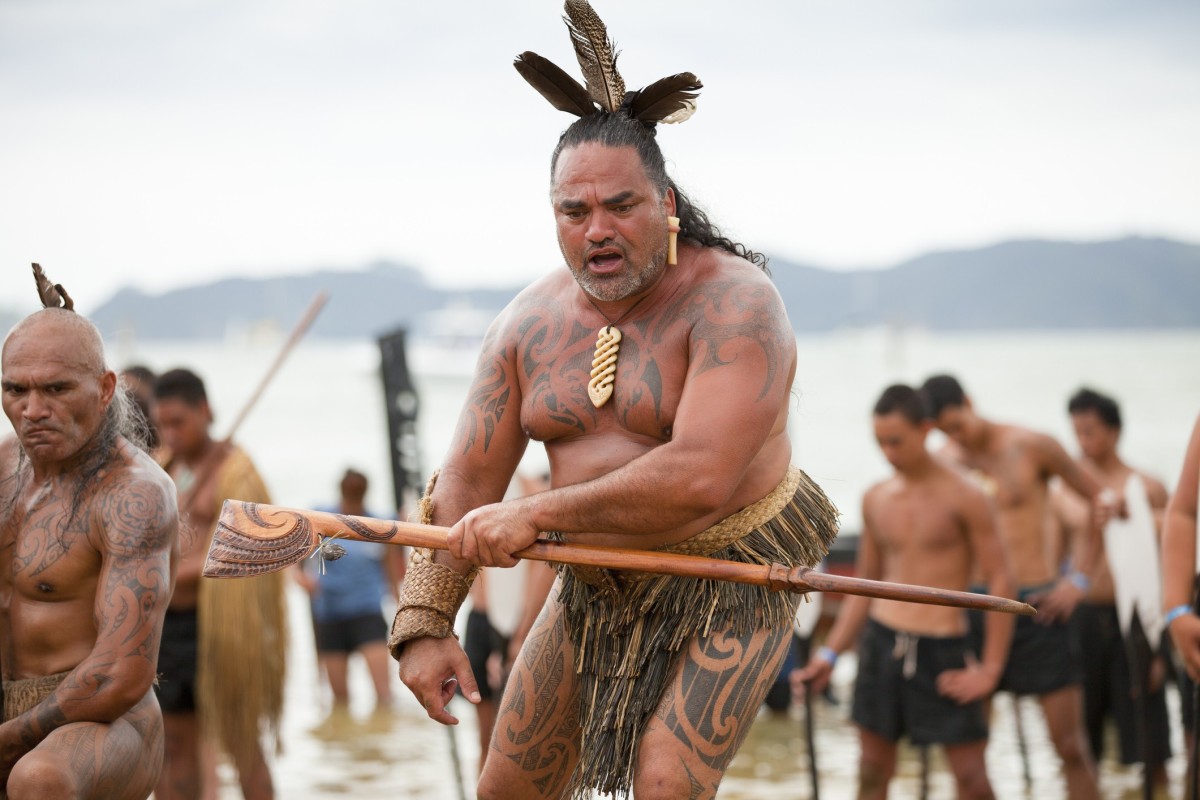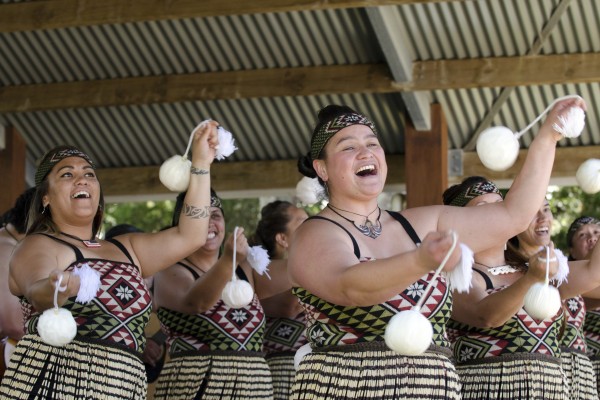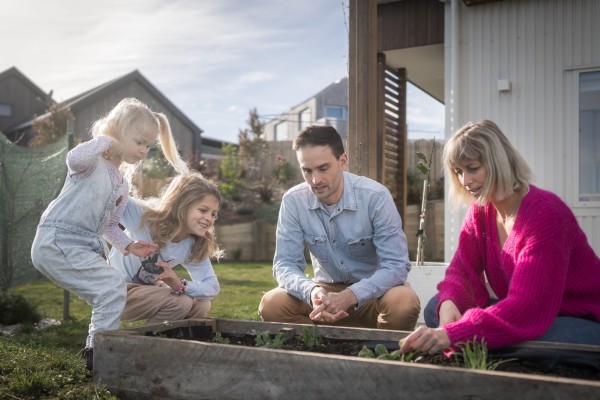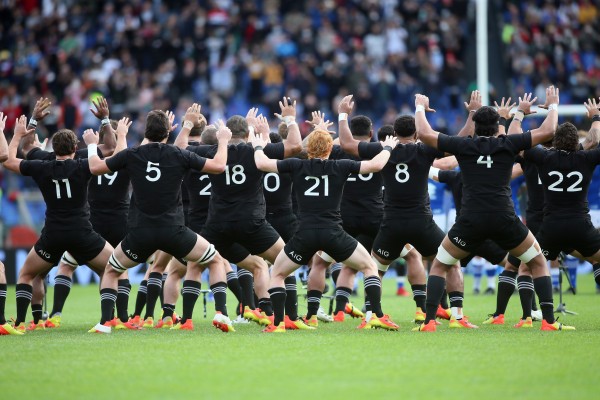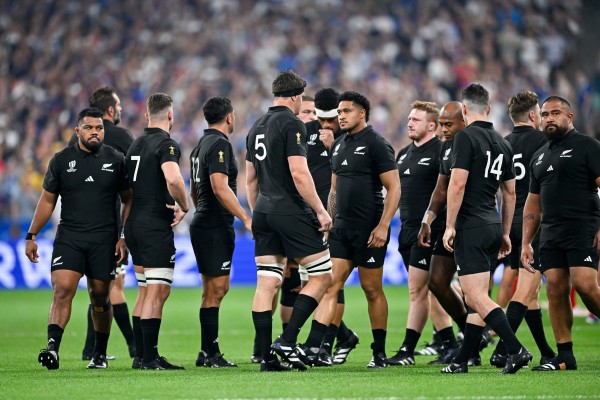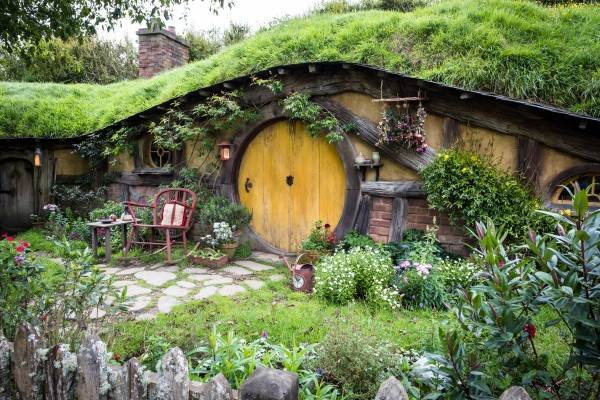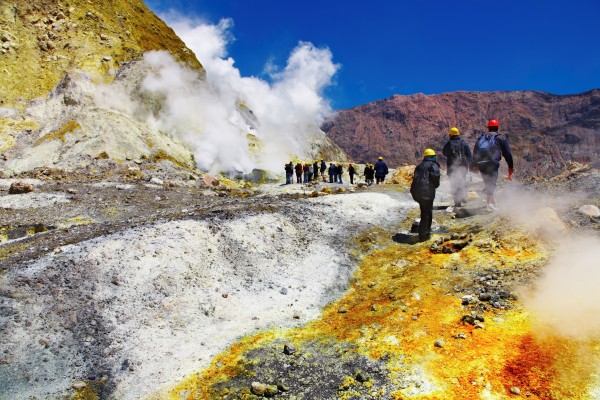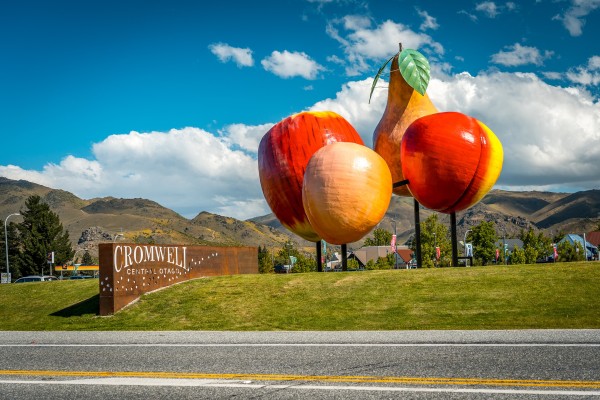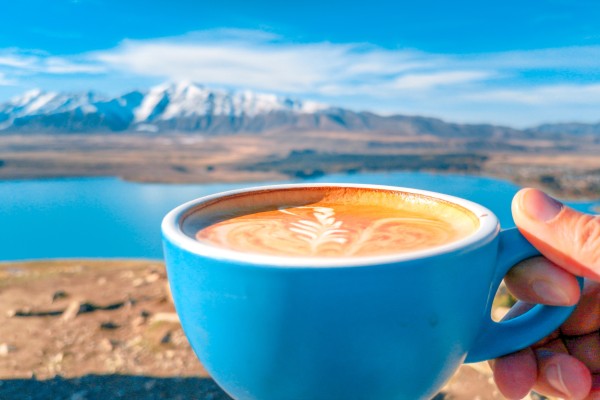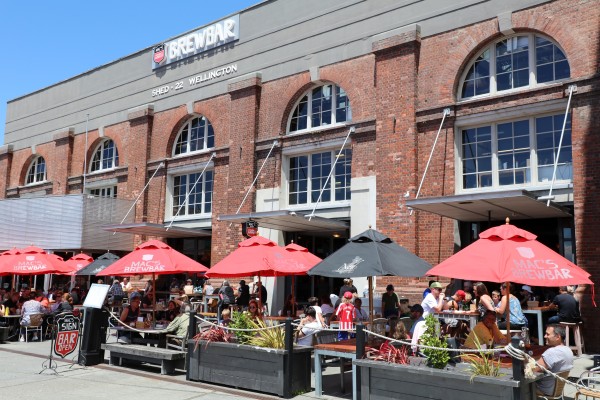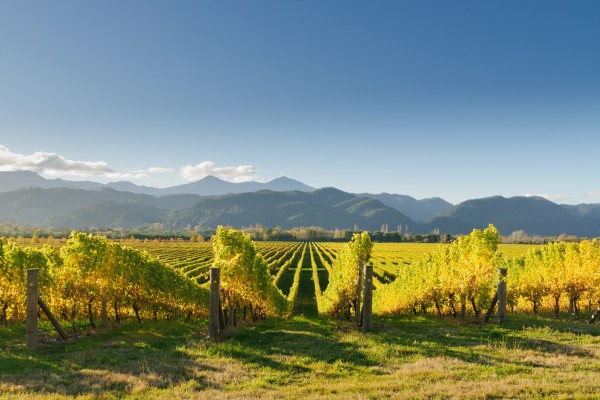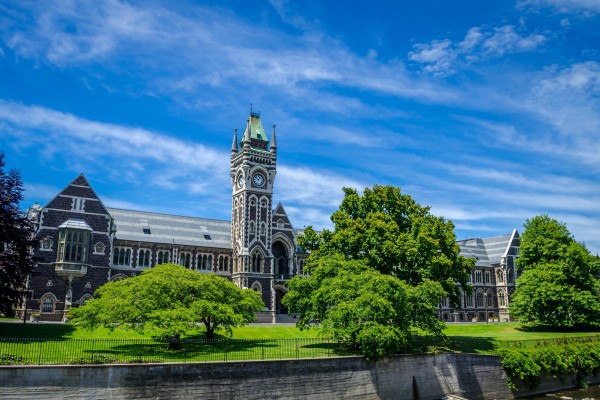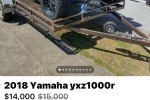Discovering Māori Culture: From ancient legends to Kupe and modern Aotearoa

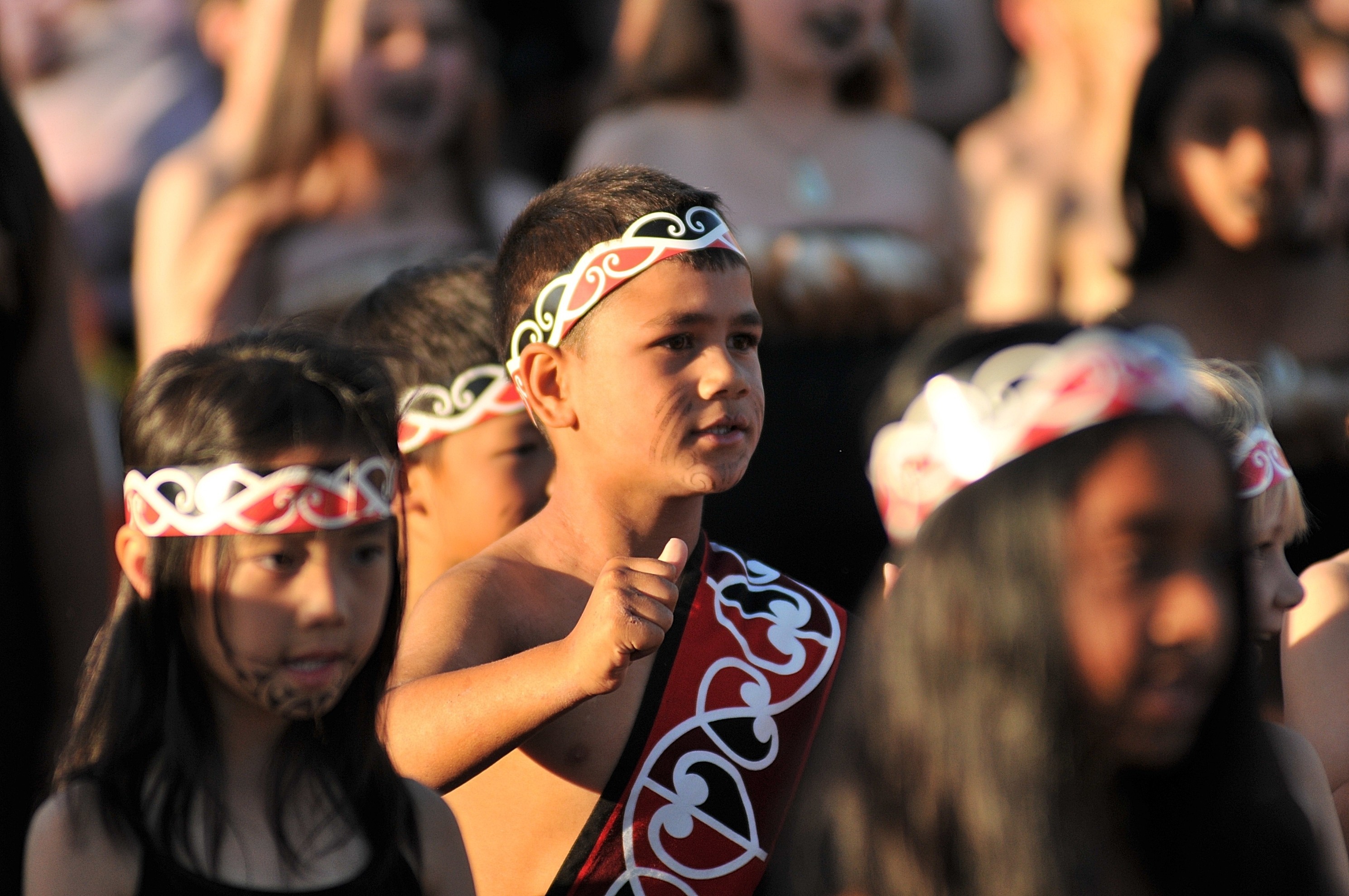
Māori culture is a unique and important part of life in Aotearoa.
While there are more than 100 iwi (tribes) in New Zealand, each with their own stories, learning more about the origins of Māori can help you connect with the culture while you are here.
The History of Māori in Aotearoa
Early Māori migration
Māori are the indigenous people of Aotearoa. Māori arrived in Aotearoa over 1000 years ago from their Polynesian homeland of Hawaiki. Māori also have ancestral ties to other Pacific Islands, including the Cook Islands. Cook Island Māori have a similar language; many shared genetics with New Zealand Māori.
Māori are believed to navigate their way across the Pacific in a series of highly skilled navigational journeys.
It is thought that at some stages, Māori navigation saw thousands of people crossing from the Pacific Islands and back on large waka (canoes) using their knowledge of ocean currents, wind patterns, the stars and bird migration to travel to Aotearoa.
The waka carried not only people but also plants and animals, which were introduced to New Zealand. Each waka was associated with a specific iwi. Māori of each waka settled in different parts of New Zealand, marking the establishment of iwi territories.
Māori society pre-European settlement
Before the arrival of English settlers, Māori had social structures that centred around each individual tribe. Māori society was organised into iwi (tribes) and hapū (sub-tribes), based on the landing of early waka. Each iwi had its own distinct territory and leadership. The leaders, known as rangatira, played a crucial role in decision-making and governance. The social structure was hierarchical, with individuals holding different ranks based on lineage, achievements, and status (mana).
Throughout Aotearoa, Māori spoke a similar language, with small differences in dialect differing from iwi to iwi. Tribes had allegiances with other iwi, and war between iwi was not uncommon.
Warfare could arise over issues with territory, resources, or disrespect. Māori were skilled fighters and developed their own distinct type of fighting using a taiaha, a traditional spear-like weapon.
Māori built wharenui, or meeting houses situated on a marae. These served as communal spaces for social gatherings, ceremonies, and discussions. Today, wharenui still holds cultural value for Māori and is used for meetings, iwi gatherings and celebrations. Marae and their wahrenui are adorned with carvings and designs distinct to the stories of their iwi and hapu. You will see wharenui around New Zealand from Northland to Southland and everywhere in between.
Māori origin stories and legends

The story of Kupe
While you won’t find Hawaiki on a map, it is believed that Māori came from numerous islands from across the South Pacific. Kupe was the first explorer to reach Aotearoa, according to the far north iwi of Ngāpuhi. He used the stars and ocean currents to navigate across the Pacific Ocean and make landfall at the Hokianga Harbour in Northland.
After Kupe’s arrival, more waka followed over the next hundred years, landing in various parts of the country. Today, all iwi and hapū (sub-tribes) can be traced back to seven distinct waka hourua (Tainui, Te Arawa, Mātaatua, Kurahaupō, Tokomaru, Aotea and Tākitimu) and can trace their origin back to those early journeys from Hawaiki to Aotearoa.
Māori legends of New Zealand
Māori have their own stories about how New Zealand was formed. Legend tells of the land being fished from the sea by a gifted and clever demigod named Māui.
The story says that Māui overheard his four brothers planning a fishing trip. Not wanting to be left behind, Māui hid under the floorboards of his brother’s waka. He waited until they were far from the shoreline before revealing himself to his brothers. With him, he had brought a magic fish hook carved from an ancestor’s jawbone. He chanted powerful words before throwing it into the deep sea.
Within moments, Māui had caught something so big he needed his brother's help to haul it above the surface of the water. To their surprise, Māui had caught a huge piece of land. As Māui began to thank Tangaroa, the god of the sea, his brothers began carving up the fish.
Today, Te Ika a Māui (Māui’s fish) is known as the North Island, while the marks Māui’s brothers carved upon it make up the mountains, lakes and valleys found upon it.
Te Waka a Māui is Māui's canoe or the South Island. This is what Māui stood on to fish up the North Island. The Kaikōura Peninsula is thought to be the seat of the canoe.
European impact on Māori
Māori society post-European settlement
Today, there are over 120 recognised iwi in New Zealand. However, ownership of Māori land has changed distinctively since the arrival of European settlement. Some of these changes are the result of Māori selling land, while others are from land wars and confiscations.
In 1840, Māori chiefs and the British Crown signed the Treaty of Waitangi to establish a legal framework for European settlement while protecting Māori rights. However, since many Māori did not speak English and many British representatives did not speak Māori, two versions of the treaty were made.
Subsequently, there were significant discrepancies between the English and Māori texts, leading to misunderstandings, unfair treatment and a lack of proper consent when it came to the Crown taking Māori land.
In the late 19th century, the New Zealand government confiscated Māori land during a series of conflicts known as the New Zealand Wars. These wars resulted in the loss of substantial Māori territories. Land sales, often under duress or with inadequate compensation, contributed to the loss of Māori land.
Settlement of the Treaty of Waitangi
The Treaty of Waitangi is considered New Zealand’s founding document. While post-signing of the Treaty, many rights of Māori were ignored or downplayed, there have been efforts to address historical injustices to iwi around Aotearoa.
The Waitangi Tribunal was established in 1975 and has played a role in addressing historical grievances between the Crown and Māori groups. Discussions around land rights and the treaty remain a significant issue in New Zealand politics today.
Māori in Modern New Zealand

Māori as Tangata Whenua
While in New Zealand, you may hear Māori referred to as tangata whenua. This Māori term translates to ‘people of the land" in English. Whenua also means placenta. All life is seen as being born from the womb of Papatūānuku, the Earth Mother. Tangata Whenua signifies their status as the indigenous people of New Zealand.
The term acknowledges the deep connection Māori have with the land and their spiritual and cultural ties to the earth and to nature.
In modern New Zealand, recognising the Māori as tangata whenua acknowledges Māori’s historical and ancestral ties to the land that predates the arrival of European settlers. This term is often used in discussions around Māori rights, culture, and identity, emphasising their distinct place and role in New Zealand society.
Revitalising Te Reo Māori
New Zealand has made significant efforts to revitalise Te Reo Māori (the Māori language). While generations in the past were punished for speaking Te Reo in school, today, Te Reo is recognised as having cultural significance and is an important part of keeping Māori connected with their identity.
In 2016, the New Zealand government passed The Māori Language Act of 2016. Along with the Māori Language Commission (Te Taura Whiri i te Reo Māori), the act helped outline measures for the protection and promotion of the language as a taonga (treasure.)
Commonly known Māori words are used in government and on national news programmes and use is growing in media, including television, radio, and online platforms.
Māori Language Week (Te Wiki o Te Reo Māori) is a significant platform for the promotion of the Māori language. During the week, New Zealanders are encouraged to engage with the language through activities, events, and public initiatives.
What do our customers say?


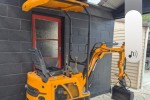
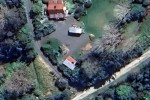
For every (wise)move



